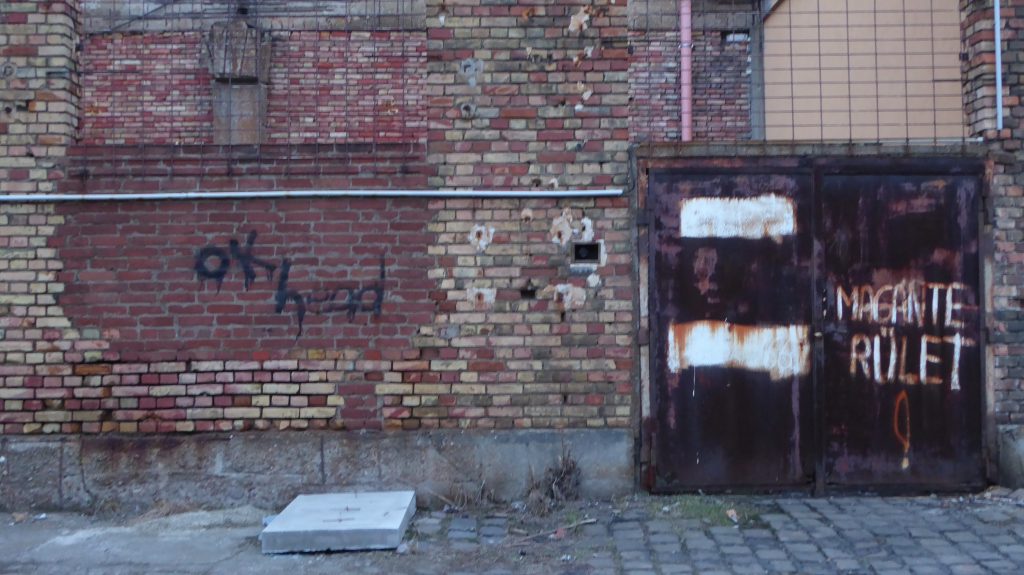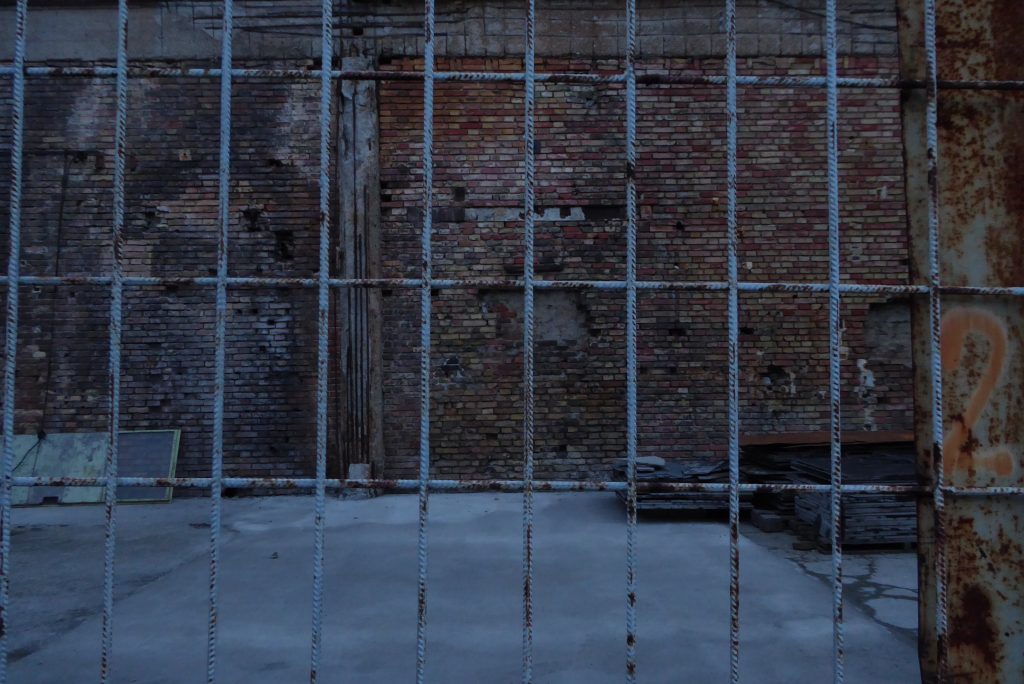Let’s get right into the middle of it: though the aim of PICTURE Budapest – Østfold is to encourage temporary artistic interventions in postindustrial spaces in Budapest and Norway, we also need to understand the basic underlying theory besides the practical aspects of the project.
Half of the project is comprised of a week spent in Budapest and then another in Norway, with two-two days upheld for about a dozen experts to hold talks for participants and others about art planned in public spaces. I purposely did not write theoreticians or artists, but experts. Thankfully they were selected out of a large field of professionals, and some of them don’t just analyze or teach, but also create site-specific art themselves, while some others analyze the topic in its broader economic or historical contexts.
Is there really a need for such a theoretical warm-up before a project about – as we shall soon see – very practical and artistic problems? My answer is an emphatic yes, and the various questions asked and conversations held during the symposium prove that I am right. The participants of the project aren’t preaching to the choir about the relationship between art and society, but believe in doing art near and in collaboration with other people. Just like the presenters themselves, whose talks I will summarize now briefly. This will explain the title of today’s blog entry: we won’t be talking about the traditional concept (?) or art, but rather about the city and the world as a supporting or obstructing context for it.

Barbara Holub is interested in how art can affect urban planning. Her strategies appeal to me, i.e. broadening the very narrow context of such planning, and having civilians take part in such processes. My favorite is her way of incorporating the concept of unplannable, unanticipated change into urban planning. According to Holub, whoever stands by the drawing board and says that they can foresee exactly what will happen in one or two years to the space they plan to transform, is lying. Of course the urban administrative powers and political actors oppose accepting “the unplannable” into their system: it is hard to find supporters for open-ended projects, even if some case studies do try to reassure us of the opposite.
Gábor Soóki-Tóth’s presentation is about salvaging brownfield sites. His long and thorough introduction into the concepts of property, investment and recoverable profits are also important, though does focus a bit too much on the economic aspect sometimes. The presentation is also a crash course into the recent history of Budapest: the high hopes of privatization, the adaptive recycling of yesterday’s industrial areas, with a short explanation devoted to conscious gentrification as well. It’s a shame that specific examples are only listed briefly at the end, because we should talk more about the revitalization of the old gasworks in Óbuda (“Óbuda Gázgyár”), or the Ganz factory in Buda.

Ottar Brox’s views the symposium’s topics from a broader aspect, both in space and time. His presentation is about the Norwegian countryside of the 19-20th centuries, where the struggle between industry and agriculture had different accents than here in Hungary. His presentation is most important for me because of what we can learn from the past, and what knowledge we can assimilate from a foreign culture. For there are such messages from the past – but only for those who can translate them, and really make them their own.
Text by Tamás Jászay
Translated by Dávid Cseh